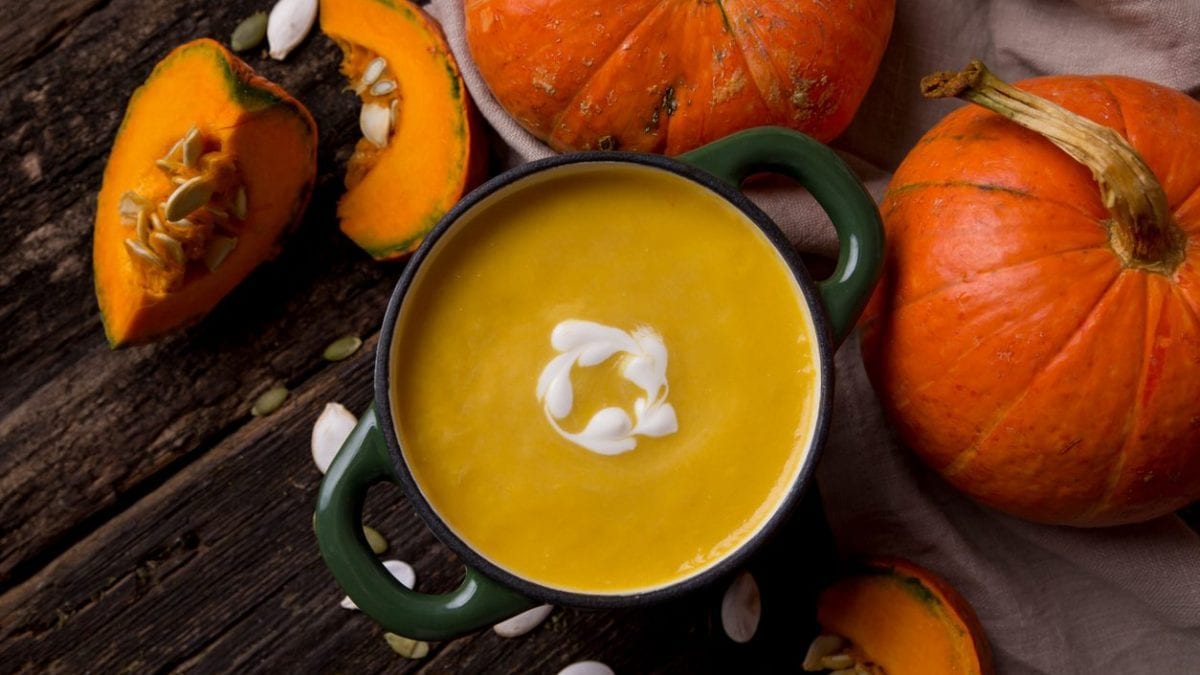
Sweet, chestnut-textured, and irresistible in flavor, pumpkin is undoubtedly the undisputed queen of fall gardens. Just as punctual as the arrival of its prime season, the classic questions regarding its consumption begin to pour in: from a nutritional standpoint, should it be considered a vegetable or a source of carbohydrates? Does it raise blood sugar levels, and is there a maximum serving size?
We've read and heard so many responses, and some of them, unfortunately, only create misunderstandings and dangerous misconceptions. The time has finally come to clarify and dispel any doubts. That's why we asked Dr. Arianna Rossoni, dietitian and professor. Her answer? "Absolutely not. The more we talk about a food, demonizing it and putting it on trial, the more fearful we will be to consume it." Let's try to understand where this false myth comes from and why it needs to be debunked point by point.
The Benefits of Pumpkin and Doubts About Its Glycemic Index
Pumpkin is a vegetable with extraordinary nutritional properties, rich in water, antioxidants, vitamins, and minerals; like other starchy vegetables, it also contains minimal carbohydrates and negligible amounts of fat and protein. "We can say that pumpkin contains ‘more carbohydrates' than other vegetables," the dietitian explains, "roughly double (obviously depending on the variety and the vegetable being compared), but we're talking double by 2-3 grams, not 80." Precisely because of its higher carbohydrate content—which, we want to point out, is only higher when compared to other vegetables—pumpkin has begun to be demonized in weight-loss diets. "If we look at its absolute value," our expert continues, "it is actually very low in carbohydrates."
Its main problem is its high glycemic index, a value that only takes into account the speed at which a food's sugars are released into the bloodstream; what we need to consider, however, is the glycemic load, linked to the concept of portion and quantity. It is precisely thanks to this second value that we are able to evaluate the true effect that a particular food has on our body. Let's take a practical example: 200 grams of pumpkin, more or less a standard portion, contains 10-15 grams of sugar; the glycemic index is 75 and does not change with the portion, while the glycemic load is 7-11, variable depending on the type of vegetable and its water content.
Let's compare these values with those of rice, a source of complex carbohydrates; 80 grams of rice, roughly one serving, contains 64 grams of carbohydrates. Its glycemic index is 75—the same as that of pumpkin—but the load is 48, similar to that of five servings of the beloved vegetable. The same goes for potatoes: 250 grams contain 43 grams of carbohydrates; the glycemic index is 70 and the load is 30, triple that of pumpkin. "From these examples, we understand that it should be considered a vegetable in all respects," Rossoni states.
Where does this misunderstanding come from? "I think the confusion stems from the Montignac method, a diet popular in the 1980s, with polarizing and restrictive advertising, which took into account the glycemic index of foods."
Pumpkin also provides other extraordinary benefits: thanks to the presence of carotenoids, it is a valuable ally in protecting the skin from sunburn and erythema, and thanks to the presence of fiber, it regulates the intestines; the bromine and magnesium content makes it ideal for those who struggle with insomnia: excellent for evening dinner, perhaps in the form of soup or cream soup, accompanied by a portion of rice, potatoes, or croutons.

Can You Eat Pumpkin on a Diet?
Pumpkin, precisely because of its countless benefits, can be safely consumed even by those on a weight-loss diet. As we've seen, it's true that it has a high glycemic index, but the load —the value we need to actually consider— is low. "If you like pumpkin, eat it: it's tasty, versatile, and can be used to make delicious soups and indulgent desserts paired with chocolate and cinnamon," suggests Dr. Rossoni.
So: there's no reason to deprive yourself of it, you don't risk diabetes, much less gaining weight. The important thing is not to overdo the quantity —and here, especially for pumpkin lovers, comes the hardest part—and the seasonings used to prepare it.
What Happens if You Eat Too Much Pumpkin? Possible Side Effects
Despite its irresistible goodness and versatility, excessive consumption has two disadvantages: those suffering from irritable bowel syndrome may experience excessive abdominal bloating or flatulence; and due to an accumulation of carotenoids, especially in people with uncompensated hypothyroidism, yellowing of the palms of the hands and feet may be noticed.
What to do in these cases? "These are problems that only arise when consumed in excess." So, let's stick to a portion of about 200-300 grams of pumpkin, season it with a drizzle of extra virgin olive oil, preferably raw, and discard the peel if we experience any side effects that could affect the intestine.
;Resize,width=767;)
